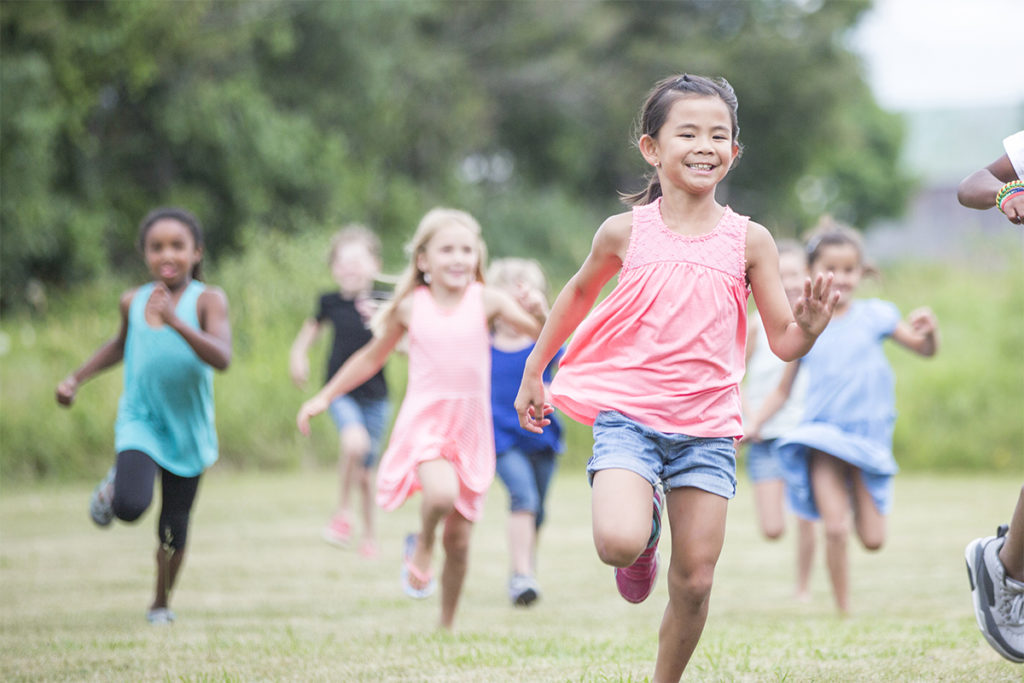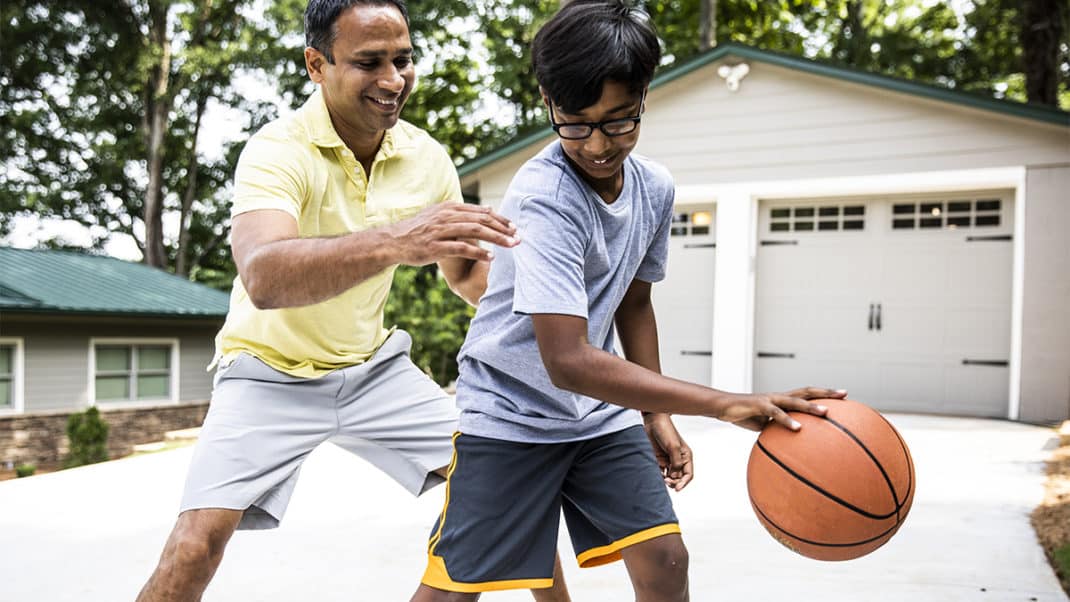Healthier Kids: Exercise Guidelines

Healthier kids grow to be healthier adults. That’s a recipe for success—for the kids, of course, but also for parents looking for guidance, for fit pros wanting to expand their business and, well, everyone!
And there are so many benefits. Natalie Digate Muth, MD, MPH, RDN, FAAP, points to studies showing that specific behaviors and tendencies among young people are linked to greater activity levels in adults. She recommends that if you want to grow happier, healthier adults, you need to raise fit kids.
How Much Is Enough?
The first step is to understand how much activity kids need. Here are some of Muth’s “healthier kids” guidelines:
Infants. Before they learn to walk, babies need floor-based play and “tummy time” to develop basic skills like sitting up, rolling, crawling and pulling to stand.
Toddlers and preschoolers. Once they’re walking, youngsters should be getting 180-plus minutes of activity per day on the playground and in outdoor free play. Toddlers need to develop gross motor skills like walking, running, jumping, throwing and kicking. Preschoolers should build on gross motor skills while developing fundamental movement skills like swimming, tumbling, throwing and catching.
Children ages 6–13. The 2018 Physical Activity Guidelines Advisory Committee recommends the following:
- Cardiovascular exercise on most days—at least 60 minutes of moderate-to-vigorous activity, such as walking at a brisk pace, jogging, skipping rope, biking or playing ball sports.
- Muscle-strengthening exercise, such as resistance training and calisthenics, at least 3 days a week. The American Academy of Pediatrics recommends targeting all major muscle groups. Start kids with no load and incrementally progress them after they’ve mastered technique. Program 2–3 sets of 8–15 repetitions for at least 8 weeks.
- Bone-strengthening exercise, such as jumping rope and tumbling, at least 3 days a week.
Does that feel like too much of a time challenge? Never fear, even 15 minutes can make a big difference.
Ideas for Healthier Kids Programming
So how to get started?
One of the best techniques is to make sure the activity is fun! Research published in the International Journal of Environmental Research and Public Health suggests that the most effective strategy is to provide an environment that is structured but focused on positive feelings of autonomy, success in activities of interest and parental participation.
This doesn’t mean you can’t provide more formal exercises. Core Training for Kids offers some strong programming ideas.
You can even check out this webinar—the Fit Pros “How To” Guide for Creating Fitness Programs for Kids—or earn CECs by learning about making your healthier-kids plan into a game!
Whether you’re thinking about offering formal programs, want to help out your clients who have children or are looking for ideas for your own kids, the best way to ensure healthier adults in the future is to help grow healthier kids today.






